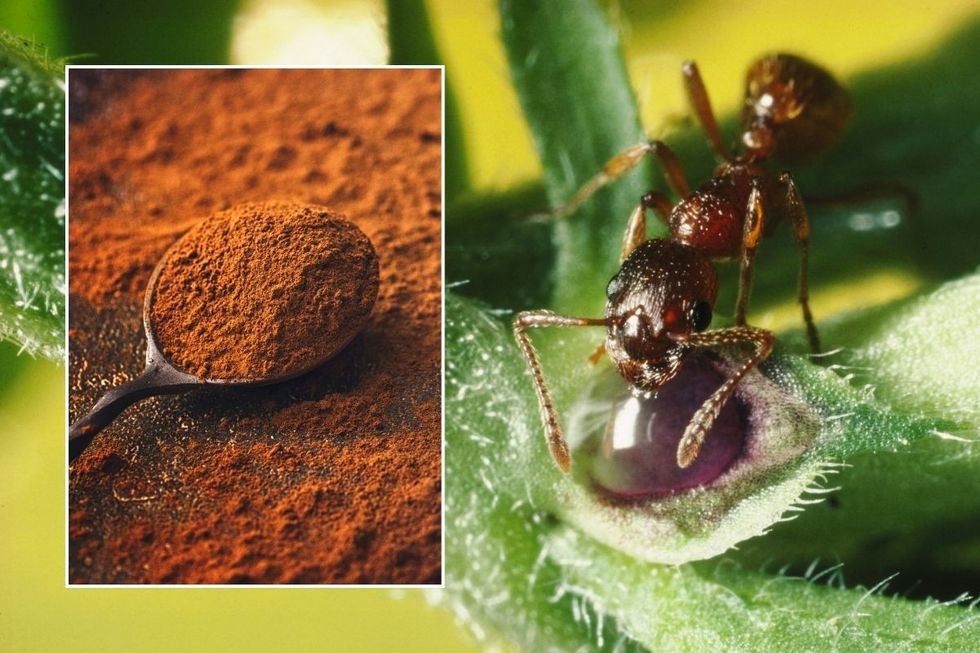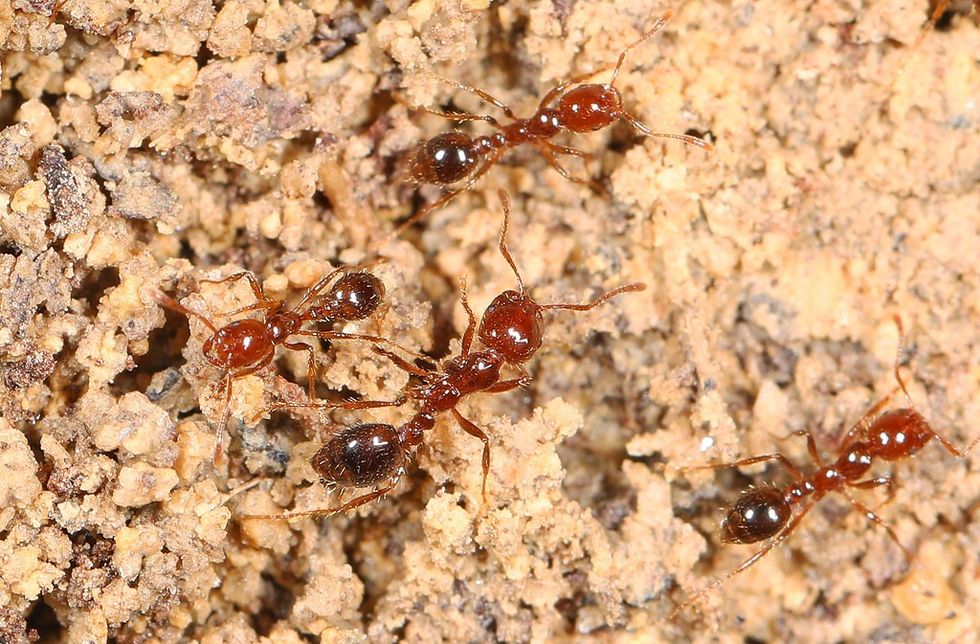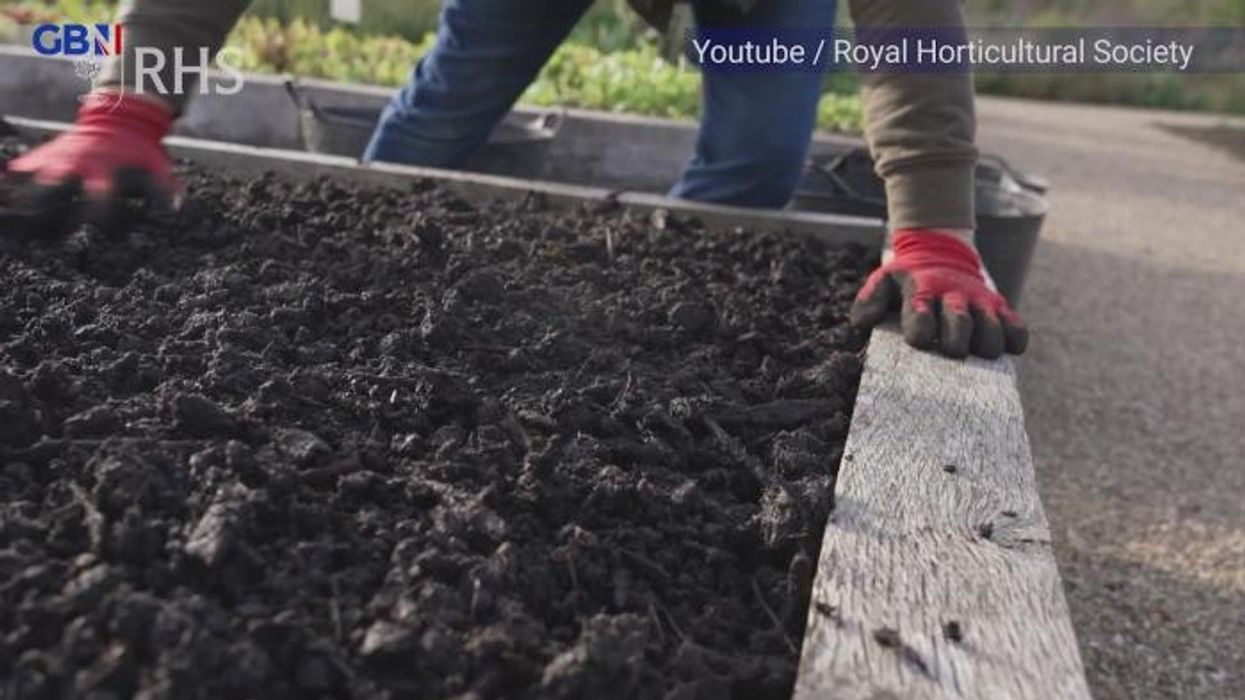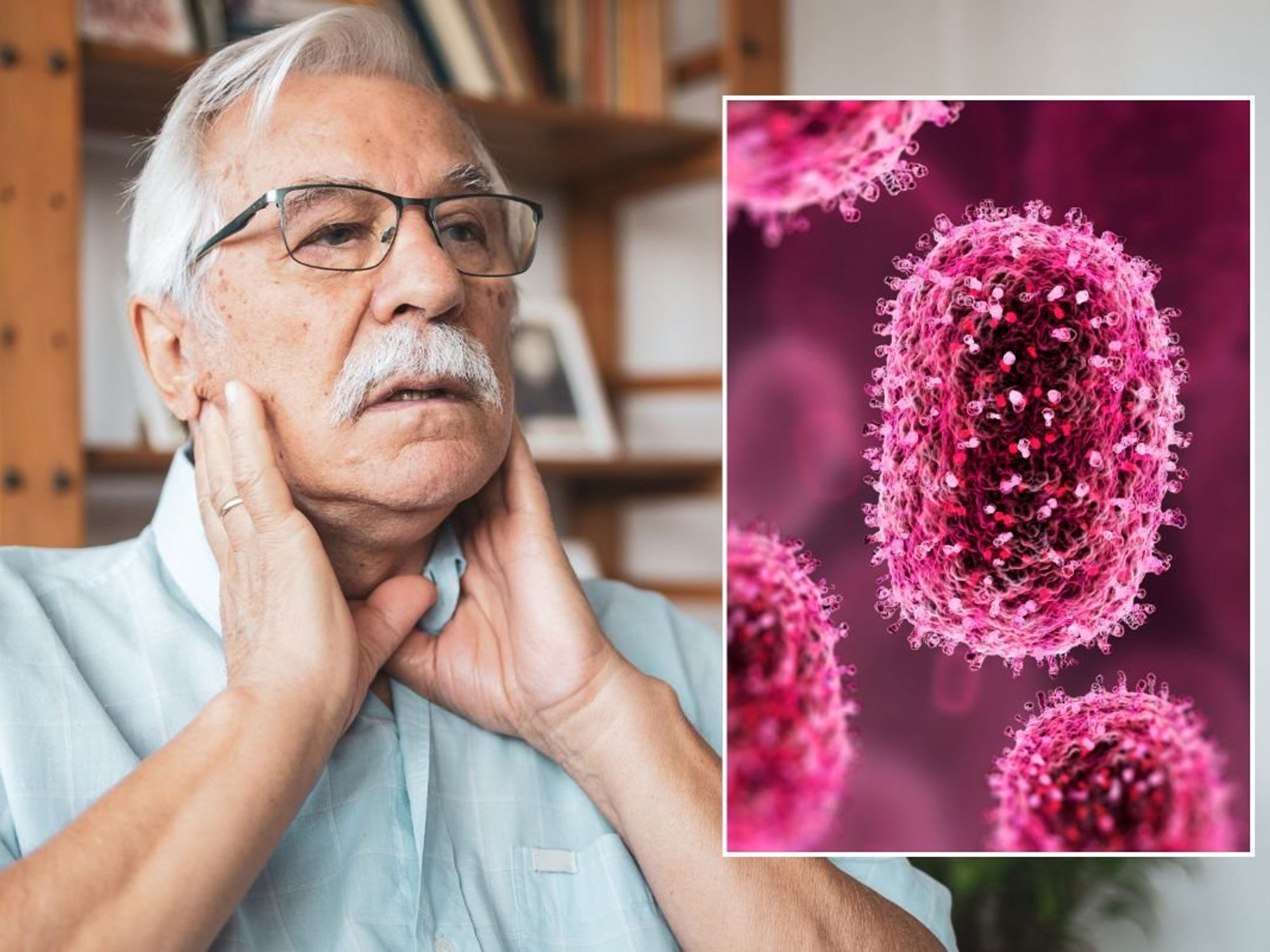Staple spice will protect plants from ants as numbers become 'more noticeable' - 'Sprinkle it along their trails'

Pest droppings are partly to blame for the demise of plants
Don't Miss
Most Read
Britons have enjoyed watching their gardens come to life this month, but the arrival of Spring also stimulates insect activity that could hinder the development of plants.
Pests like ants are a big part of the problem, as they are wildly attacted to the honeydew produced by sap-sucking insects like aphids.
Their droppings are partly to blame for the demise of plants because they cause foliage to turn mouldy, leading to the development of disease.
Fortunately, simple interventions like sprinkling cinnamon could help deter unwanted insects.

Ant dropping can contribute to the development of fungus
|GETTY
“Sprinkling cinnamon around the base of plants can deter ants, as they dislike the strong scent," explained gardening expert Sam Marlow, from Garden Buildings Direct.
“This can help protect plants from aphids and other pests that ants often cultivate.”
Pest UK warns that “while ants are not a risk to human health, they can present in large numbers to be a nuisance”.
Another way the pests can cause havoc to plants is by digging the soil to create a nest.
Pest UK warns that March “is the time when ants become noticeable”, adding: “Worker ants will enter dwellings foraging for food, in particular sweet substances.”
Experts at Diamond Pest Control claim to confirm that such issues can be avoided by sprinkling cinnamon around the base of plants and other entry points in your home.
“All you have to do is sprinkle it along their trails,” explains the website. “You can also sprinkle cinnamon near to where they emerge from cracks and crevices.
“Something else you can do is create a barrier where you see them walking into your property.”
As well as being a natural pesticide, cinnamon can eradicate the fungus patches in the soil around your plants.
Helping inhibit the development of dangerous pathogens the spice will ultimately create an environment more conducive to growth.
LATEST DEVELOPMENTS:

Ants will become increasingly noticeable as temperatures rise
| FlickrIt comes as Monty Don has outlined a few essential tasks to kickstart the gardening of the year, naming three plants that must be trimmed back now for abundant flowering.
According to British horticulturalists, shrubs and climbers that bloom later in the year require special attention in March.
He explained: “The first half of March is the best time to prune any shrubs and climbers that will flower on new growth and in particular late flowering clematis, Roses and Buddleia.
“I like to do this when I start to see new shoots appearing but resist the temptation to do so if there is a mild February as the subsequent regrowth can be nipped back by late frost.”











